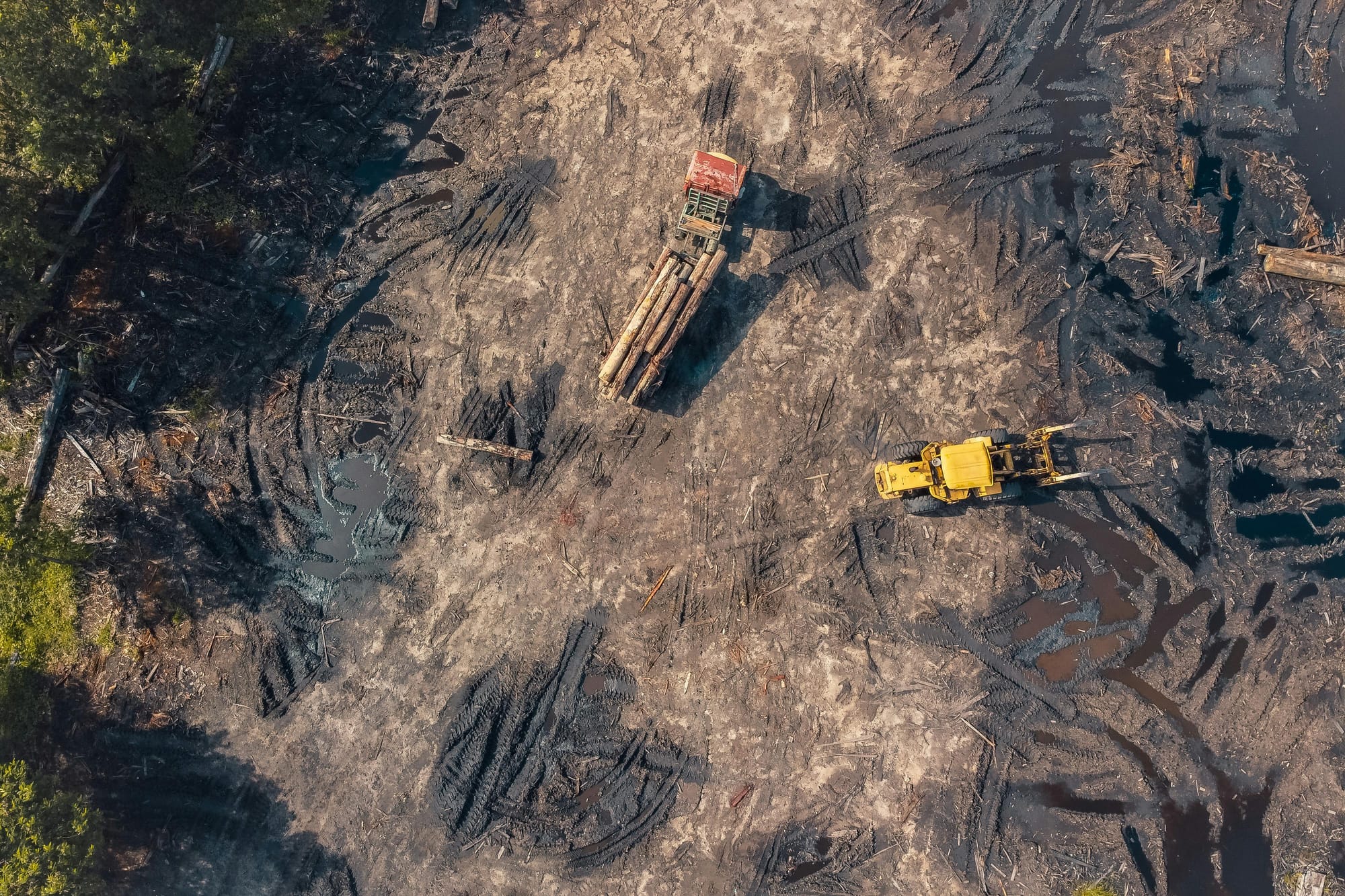Global initiative to combat climate change effects

Introduction
Global Initiatives Driving Climate Change Solutions in 2023 have become more crucial as the world faces the increasing urgency of climate change. Climate change is the long-term alteration of temperature and typical weather patterns, mainly caused by human activities like burning fossil fuels, which increase greenhouse gases in the atmosphere. Climate action involves steps taken to reduce and manage the impacts of climate change. International cooperation is essential in crafting effective solutions, with sustainable energy and renewable resources playing critical roles. Green technology is vital in reducing carbon emissions and improving global climate policy, offering hope for a healthier planet.
The Urgent Need for Climate Action
Climate change and global warming continue to worsen the climate crisis by raising average temperatures worldwide. Environmental policy is critical in regulating carbon emissions and mitigating climate change effects. Here are some essential aspects of climate action:
- Carbon Footprint: This term refers to the total greenhouse gas emissions caused by an individual, event, organization, or product. Managing carbon footprints helps slow down climate change.
- Climate Resilience: Ecosystems and human societies must adapt to climate change impacts. Climate resilience ensures that both natural and human systems can withstand and recover from climate challenges.
- Environmental Accountability: Policies and practices are necessary to hold industries and individuals responsible for reducing their carbon footprint.
Climate action needs to be a priority for countries worldwide to secure a sustainable future.
Global Efforts in Climate Policy

Significant climate agreements, like the Paris Agreement, set global emission reduction targets and guide collective climate efforts. These agreements emphasize the importance of countries working together to combat climate change. Here’s how global climate policy initiatives are essential:
- Climate Finance: Funds are needed for both mitigation and adaptation efforts. These financial measures support sustainable development by integrating environmental conservation and climate adaptation strategies.
- International Collaboration: Countries collaborate on creating policies that ensure worldwide progress in managing the climate crisis.
- Long-term Planning: Making climate policy decisions considering the future allows for consistent advancements and stability.
Global climate policy is a crucial driver of change, setting guidelines and goals to reduce carbon emissions and promote climate resilience.
Advancements in Green Technology and Energy

The transition from fossil-fuel systems to sustainable energy and renewable resources like wind, solar, and hydro power is essential for a cleaner future. Green technology plays a crucial role in enhancing emission reduction, making processes and products more environmentally friendly. Here’s how green technology contributes to climate change solutions:
- Clean Energy Solutions: These solutions help achieve carbon neutrality by balancing carbon emissions with removal or offset actions.
- Innovation in Technology: New technologies offer advanced methods to reduce emissions and enhance energy efficiency.
- Adoption of Renewable Resources: Increasing use of solar, wind, and hydro power reduces reliance on non-renewable energy sources, promoting a sustainable energy landscape.
The shift to green technology and energy not only helps reduce environmental impact but also supports the global aim of achieving sustainability.
Protecting Biodiversity and Ecosystems
Biodiversity refers to the variety of life in ecosystems, and it is crucial to ecosystem services that support human life. Protecting biodiversity and ecosystems is vital for climate resilience. Here's why it's important:
- Impacts of Sea Level Rise: Melting ice caps and warming oceans lead to sea level rise, affecting ecosystems globally. Ecosystem restoration efforts are crucial in addressing these impacts.
- Ecosystem Restoration: Restoring natural habitats can improve climate resilience and provide a buffer against climate change effects.
- Sustainability Practices: Implementing eco-friendly practices ensures long-term health and resilience of ecosystems affected by climate change.
Biodiversity conservation is a crucial aspect of building resilience against climate impacts, benefiting both the environment and human societies.
Moving Towards a Sustainable Future
Long-term climate solutions are necessary for achieving sustainability. By adopting successful international initiatives, we can move towards a greener future. Here are some strategies for promoting sustainability:
- Education and Awareness: Increasing public awareness about climate issues and solutions fosters environmental protection and sustainable living practices.
- Continuous Collaboration: International cooperation and persistence are required to maintain global efforts for emission reduction.
- Overcoming Challenges: Identifying and addressing challenges is key to sustaining progress toward climate goals.
Progress toward a sustainable future relies on solid long-term strategies, global collaboration, and a commitment to overcoming climate challenges.
Conclusion
The world stands at a critical juncture where Global Initiatives Driving Climate Change Solutions in 2023 are no longer optional but necessary. From enhancing climate resilience to advancing green technology, collective global efforts hold the key to safeguarding our planet for future generations. As we move towards a sustainable future, continued international cooperation, innovative technologies, and comprehensive education can pave the way. Addressing climate change is daunting, but with robust strategies and shared responsibilities, we can work towards a world where human progress thrives in harmony with nature.




